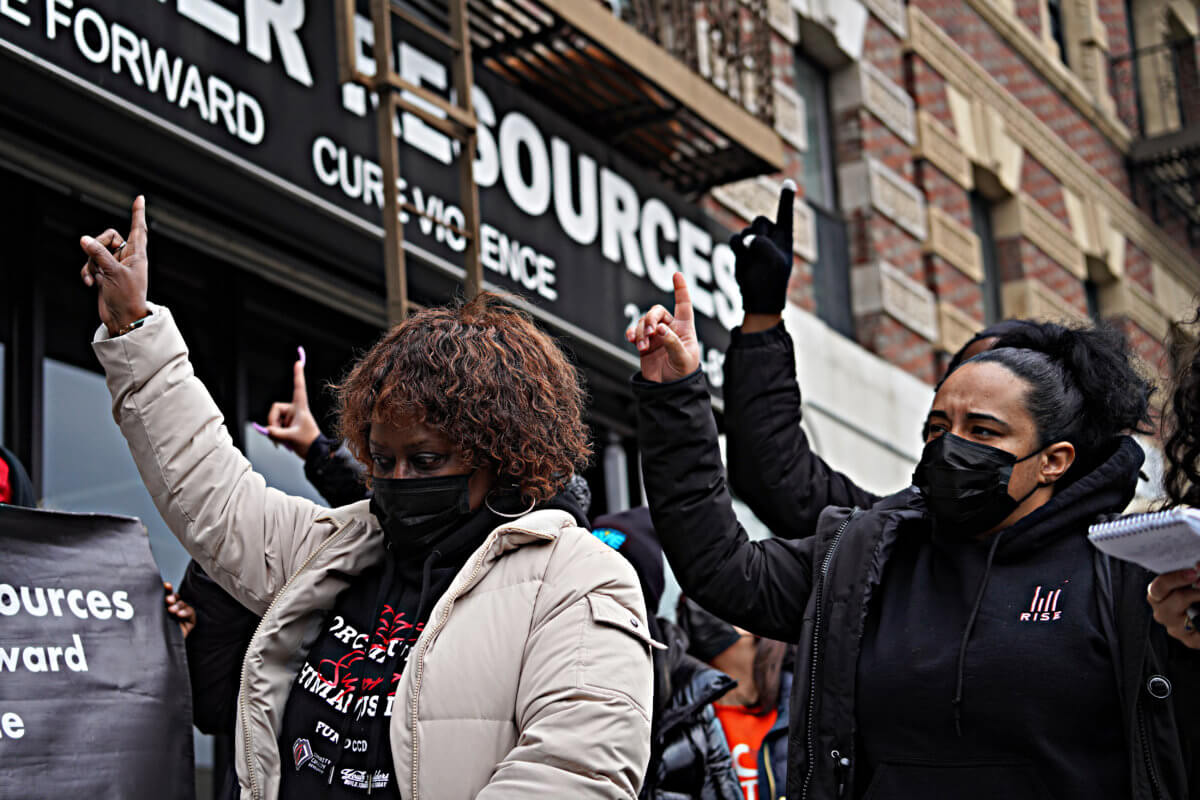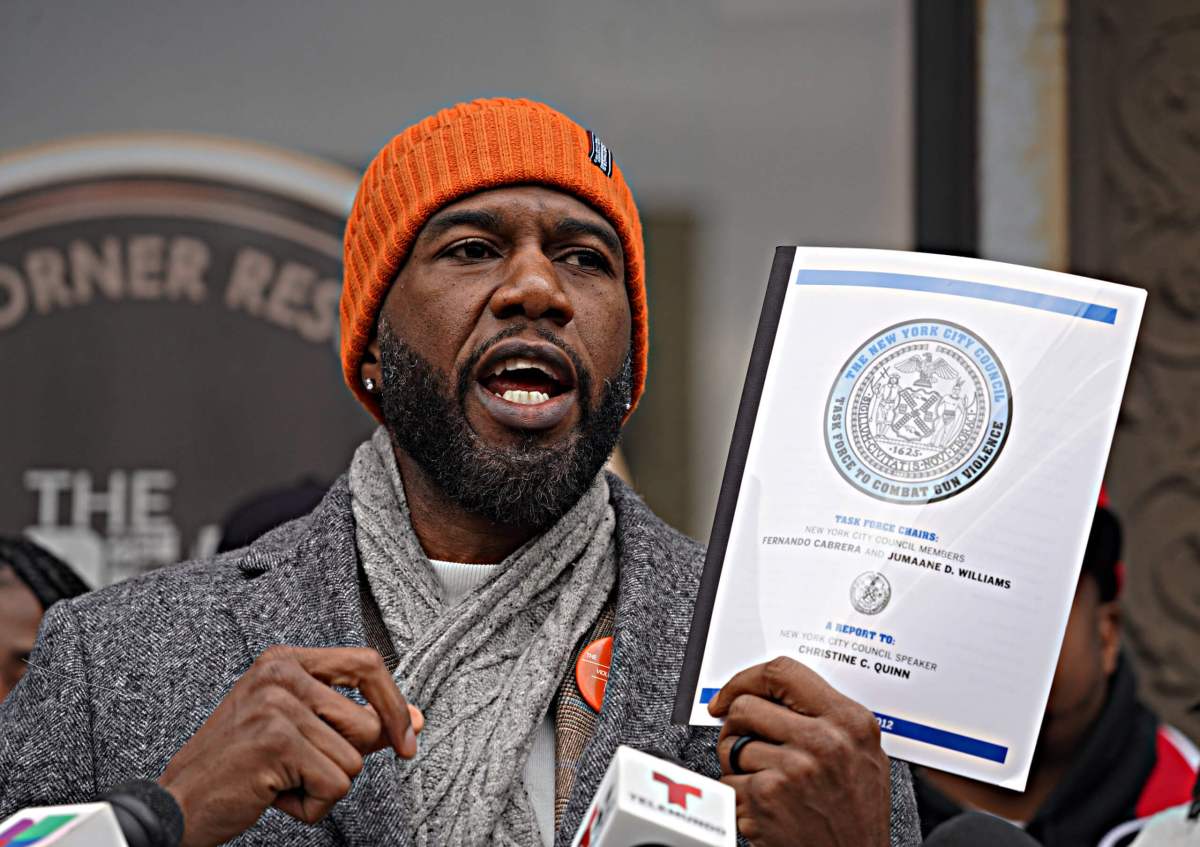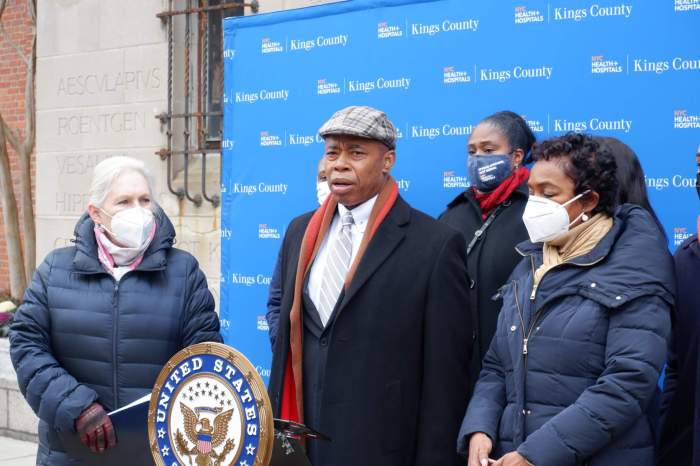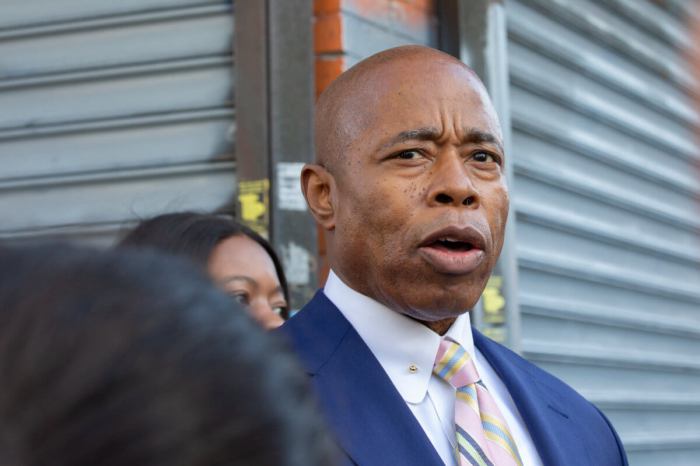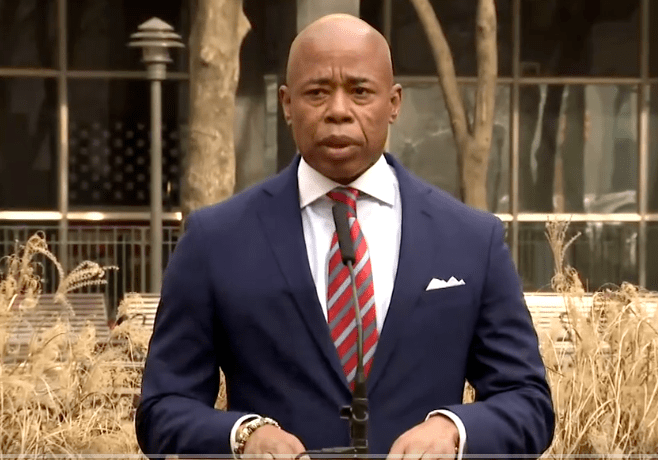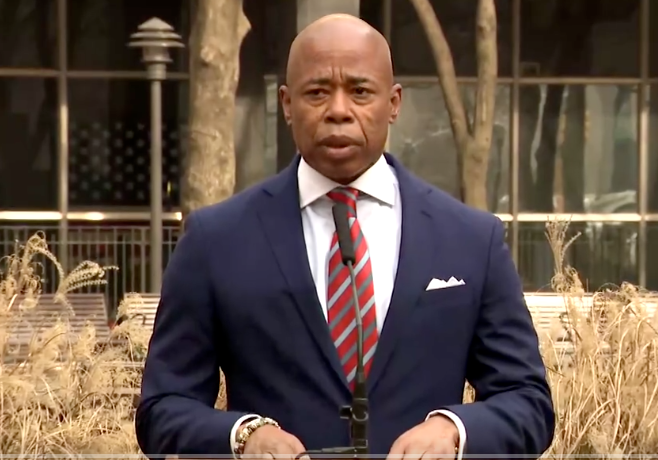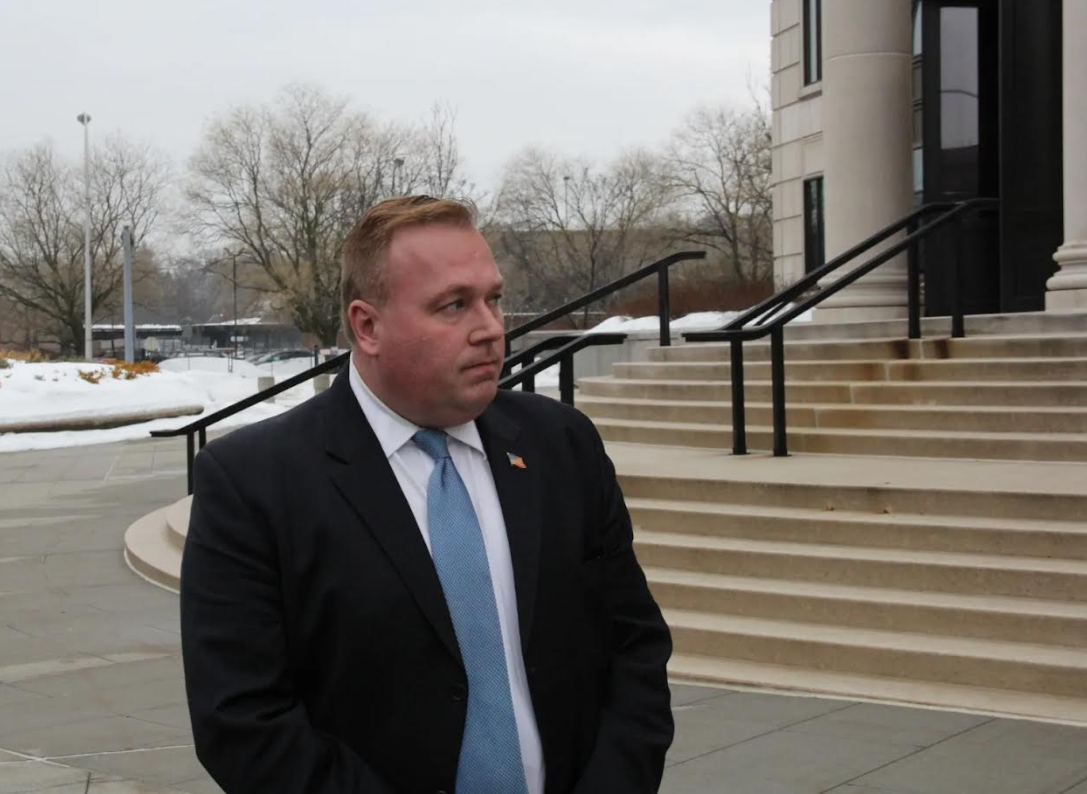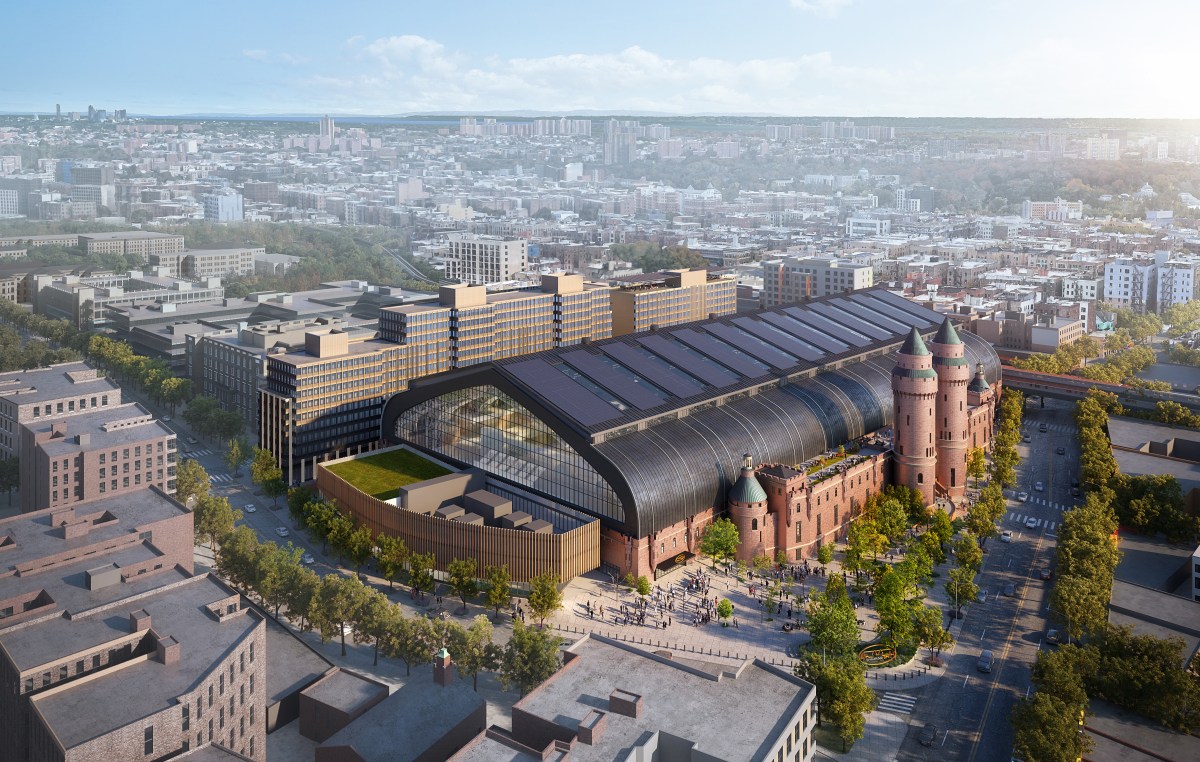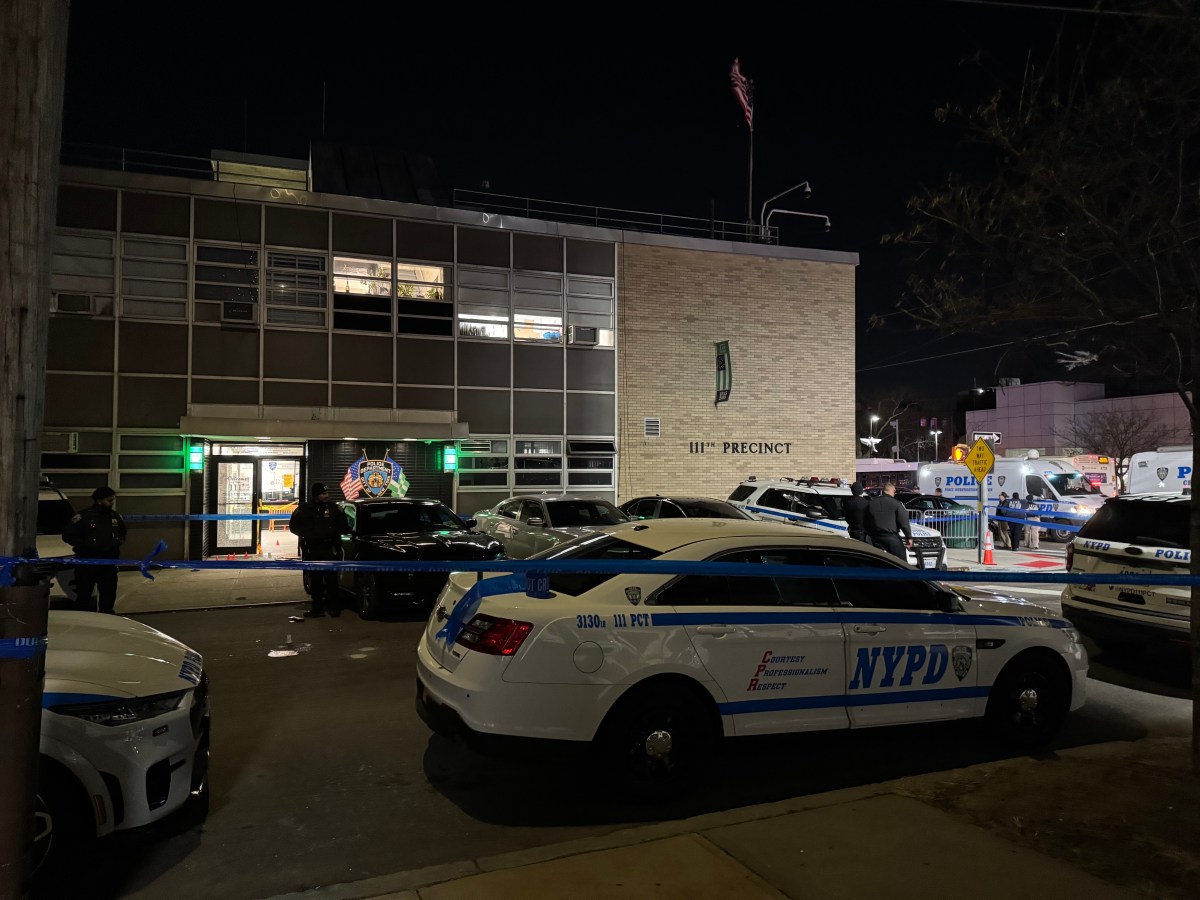Even after the murder of two officers in Harlem, not everyone’s fully on board with Mayor Eric Adams’ comprehensive plan to combat gun violence across the city.
On Jan. 25, Public Advocate Jumaane Williams hosted a discussion outside of 151 West 145th St. with members of community groups working to prevent gun crime in the hardest hit neighborhoods. Williams began with a sobering reminder of just how grave the situation has become this year alone.
He stated that in addition to the two officers the city is mourning, on Jan. 21st, a one-year-old baby celebrated her first birthday undergoing brain surgery after being caught in the crossfire of a shooting days earlier in the Bronx.
In many cases the victims are never the intended target, the guns are illegal, and several of the firearms have been modded into mass killing machines with high-capacity rounds.
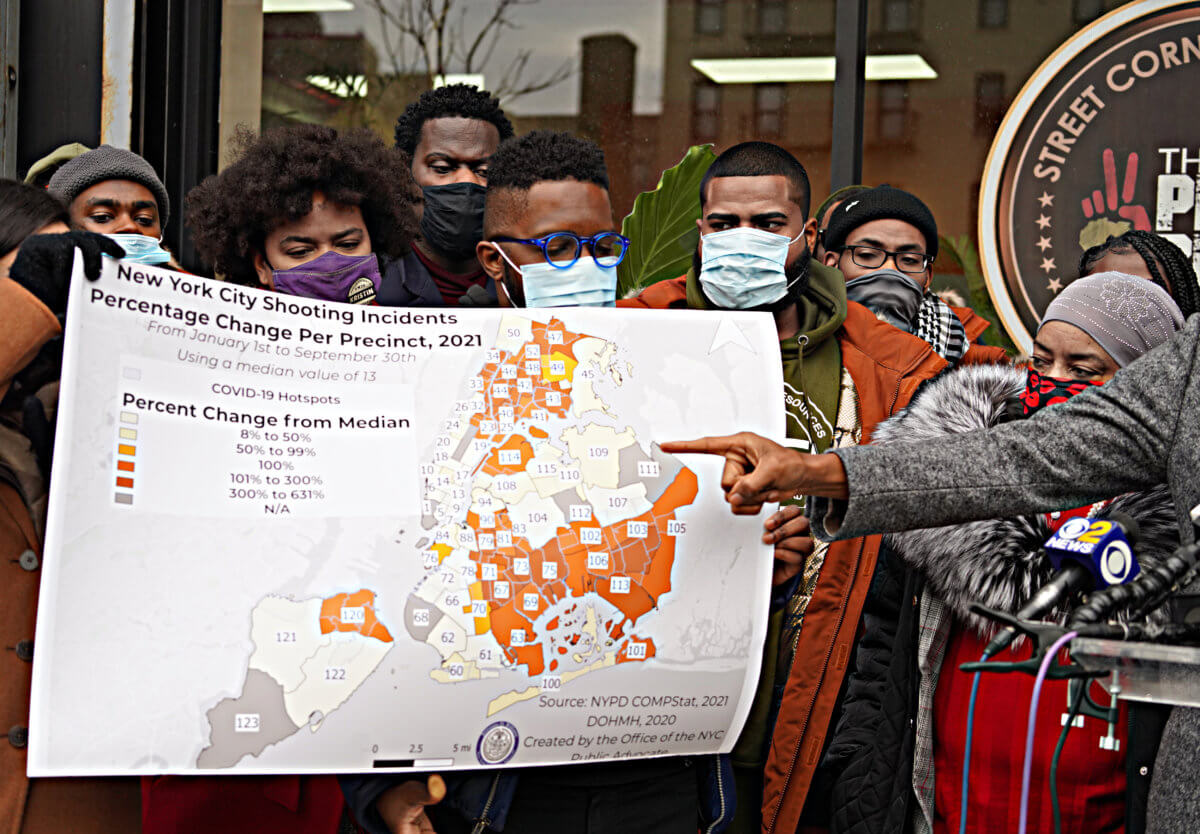
Williams credited Adams for attempting to tackle the issue of gun violence, but he didn’t express full support of the plan. Grasping a document detailing a plan that he says he proposed a decade prior while serving in City Council, Williams also brought a map he claims showcases the areas most severely impacted by gun violence.
“We know the concentration of gun violence and where it’s occurring. By the way, you see an overlay of the COVID hotspots, and I guarantee if you do an overlay, it will hit the most with the housing crisis, with unemployment, the most without access to education. It’s all going to be in the same community,” Williams said, “Now this is not a discussion to relieve accountability from someone who will pick up a gun and shoot an 11-month-old. We understand there has to be accountability. But for far too long, we’ve been spending more money, more time on resources and trying to get accountability than addressing the issues.”
Williams argues that more policing, including stop and frisk, puts both the community and the officers themselves in danger, who he says do not have the tools to deal with the emotionally disturbed. He suggests investments be made in community outreach groups based in the hardest hit neighborhoods.
“If you only have the NYPD looking at that data, then you’re only holding the NYPD accountable and that causes problems,” Williams said.
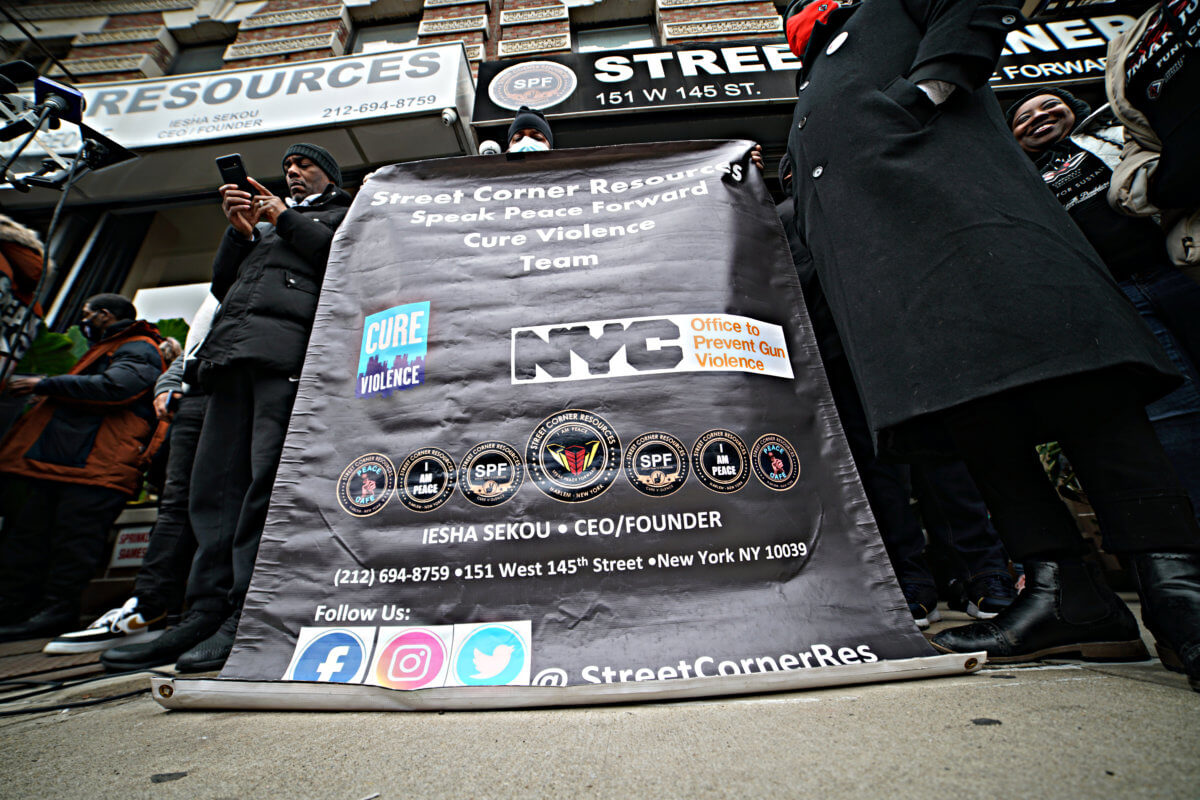
Williams says he is concerned about retreating back into a dark time rife with abuses as New York battles the growing gun crisis.
“It is scary to see the shootings in our streets and on our screens. It’s an uneasy time with a lot of uncertainty, but what I’m afraid of is that the path to the bad old days goes through failed policies of the past, the failed mentalities of the past. I think we owe it to New Yorkers to learn from those bad old days and present new solutions and new vision for keeping New Yorkers safe,” Williams said.
As Williams was beginning his discussion, Congressman and fellow gubernatorial hopeful Thomas Suozzi laid out his own plans to combat the gun crisis, which appeared to be in stark contrast to Williams.
Suozzi proposes removing district attorneys who refuse to enforce the law as well as bringing back stop and frisk.
Williams, who was made aware of this during his own outline, appeared taken back by Suozzi’s plans and made some verbal jabs in response.
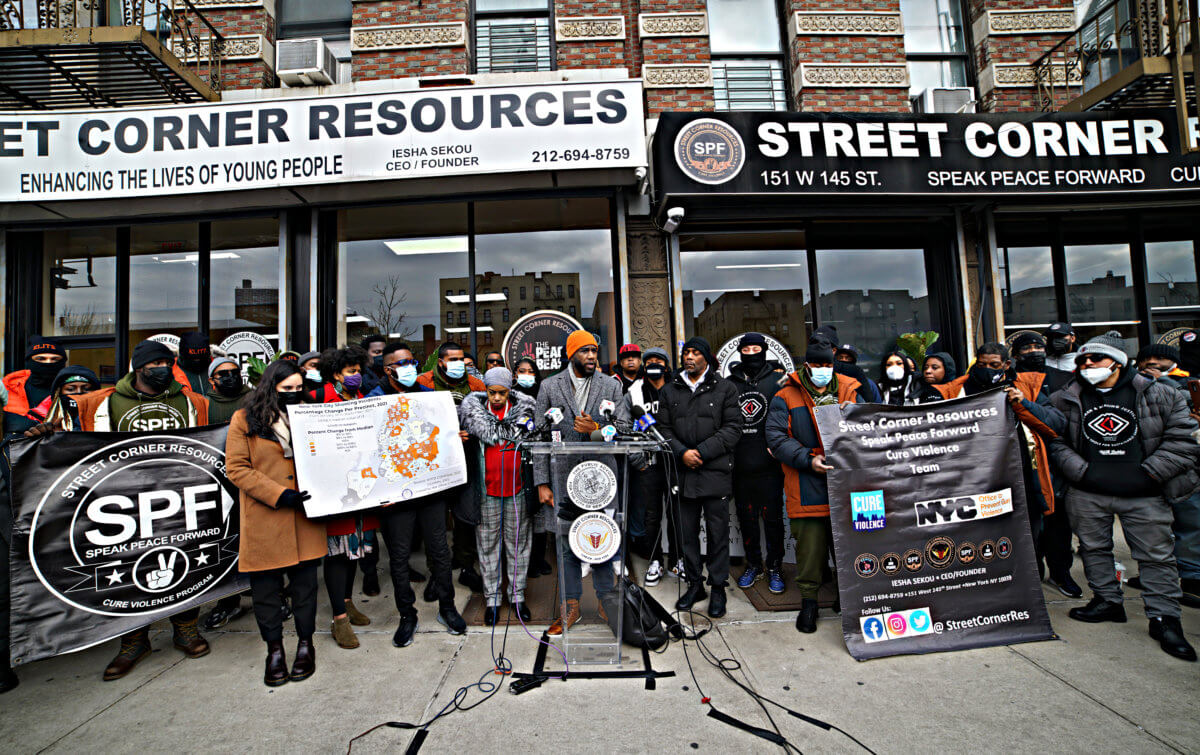
“Well, I don’t think the Congressman has spent as much time on this issue as I have. And so, I would venture to say my voice has more expertise in what we’re speaking about. And I appreciate that he’s getting involved in this conversation because we need everybody, but he should come in and listen to the people who have been working on it for a very long time,” Williams said.
The public advocate is not the only political leader who has a few qualms with the mayor’s “Blueprint to End Gun Violence” in New York City. Queens state Senator Jessica Ramos and Assembly member Jessica González-Rojas both also shared via Twitter that Adams’ plan shifts the blame on bail reform.
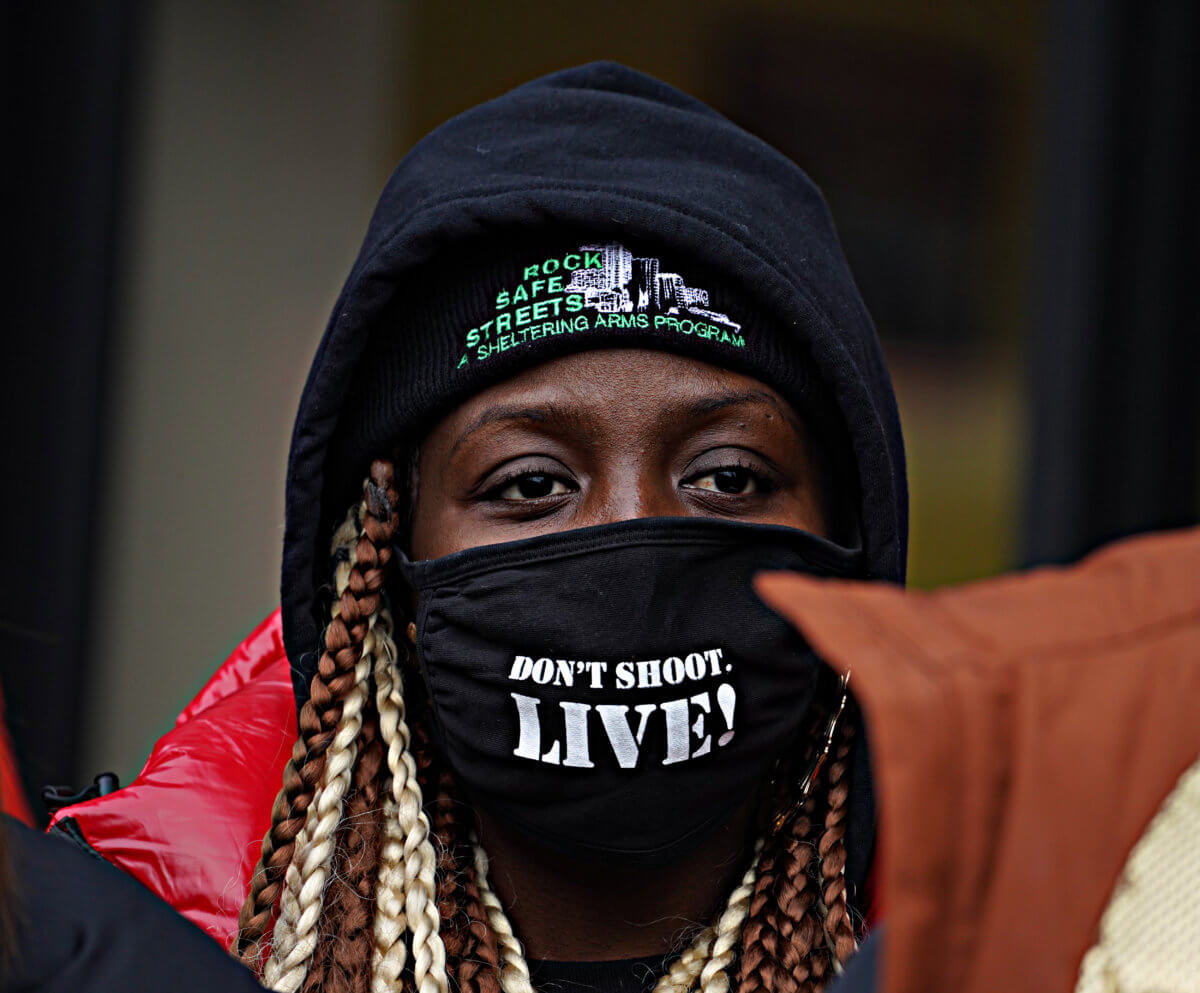
“Blaming our state’s bail reform laws for a national gun control crisis is just the latest in a long history of fear-mongering dog whistles. Eighty percent of those released on bail had no further run-ins with the police. Don’t fall for it,” Ramos wrote on Twitter.
Within the blueprint, it suggests that bail reform legislation passed in 2019 was an attempt to address an unfair system but has not been up to par due to a lack of resources available to judges through the pretrial detention system. Adams’ plan will allow judges to take a person’s “dangerousness into account,” which would counter New York’s standard that does not allow a judge to detain a defendant who they believe is a threat to the community.
While the blueprint attempts to state that this power will be kept in check since judges must state their reasoning as a matter of public record and allow the defendant a speedy appeal, some lawmakers think this will not curb gun violence but further exacerbate disparities within the criminal justice system.
“Everyone wants their community to be safe from a carceral system that disproportionately harms Black, Brown, and poor New Yorkers. I’m a no on this,” González-Rojas wrote on Twitter.
